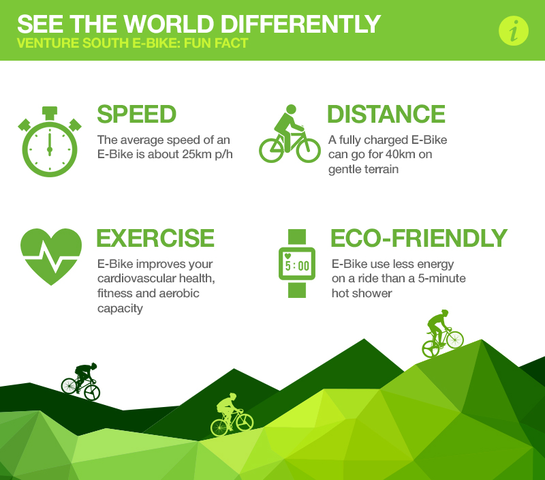Gain Understanding Of Regional Legislations To Ride Your E-Bike Securely And In Conformity With Regulations

Writer-Spivey Stanton
Before you get on your e-bike and hit the streets, it's essential to comprehend the legislations and laws that regulate your city. From rate restrictions to assigned riding locations, there's a lot to take into consideration to guarantee you're compliant and risk-free. By acquainting on your own with the regulations certain to e-bikes, you'll be much better equipped to enjoy your rides with no unforeseen legal issues. Remain tuned to uncover essential insights that will certainly assist you browse the e-bike landscape in your city effortlessly.
Comprehending E-Bike Classification
When it involves navigating the world of e-bike legislations and policies, an important starting point is recognizing the category system that classifies these electric bikes. E-bikes are generally classified right into three main groups: Class 1, Class 2, and Class 3.
Course 1 e-bikes are pedal-assist just, meaning they offer assistance while the motorcyclist is pedaling and have a maximum speed of 20 miles per hour. These bikes are allowed in areas where typical bikes are permitted.
Class 2 e-bikes are furnished with a throttle that can thrust the bike without pedaling. They additionally have a maximum speed of 20 mph and appropriate for riders who may require help without pedaling continually.
Class 3 e-bikes are similar to Course 1 yet with a greater maximum speed of 28 mph. These bikes are typically limited from particular bike courses or routes as a result of their greater rates.
Understanding these classifications is necessary for adhering to regional policies and ensuring a risk-free and satisfying e-biking experience.
Browsing Rate Limitations and Constraints
To properly browse e-bike legislations and policies, it's critical to recognize the speed limitations and constraints that relate to various classes of electric bicycles.
Speed restrictions for e-bikes differ relying on the category of the bike. Class 1 e-bikes, which are pedal-assist only and have a maximum speed of 20 miles per hour, are typically allowed on bike lanes and paths.
Course 2 e-bikes, which have a throttle along with pedal-assist and likewise reach rates of approximately 20 miles per hour, might be limited in particular areas where motorized vehicles aren't allowed.
Class 3 e-bikes, with pedal-assist as much as 28 mph, are normally called for to adhere to the very same policies as traditional bikes.
It is essential to adhere to these rate limits and restrictions to guarantee your safety and the security of others on the road. Prior to riding your e-bike, familiarize on your own with the certain laws in your city to avoid any type of prospective fines or lawful problems.
Where to Trip Your E-Bike
To figure out where you can ride your e-bike, it's essential to know the regulations and guidelines specific to your location. In most locations, e-bikes are generally enabled on roads and roads where traditional bicycles are allowed. This might consist of bike lanes, bike courses, and shared roadways. However, just click the up coming post to inspect neighborhood laws as some cities might have particular limitations on where e-bikes can be ridden.
When riding your e-bike, always focus on safety and security by following traffic guidelines and valuing pedestrian sidewalks. Additionally, be mindful of any type of marked bike lanes or courses in your area and use them whenever feasible to make certain a smoother and much safer adventure.
Some cities likewise have regulations regarding e-bike usage on pathways, so make certain to familiarize on your own with these rules to stay clear of any penalties or fines.
Verdict
Since you know with the regulations and regulations surrounding e-bikes in your city, you can with confidence hit the trail knowing where you can ride and what limitations apply to your e-bike category. Keep in mind to constantly focus on safety and adhere to the guidelines to guarantee a smooth and lawful trip. Delighted riding!

